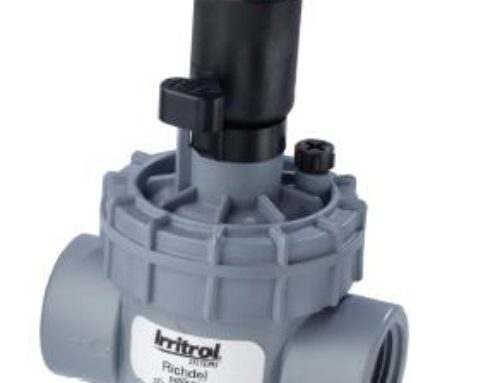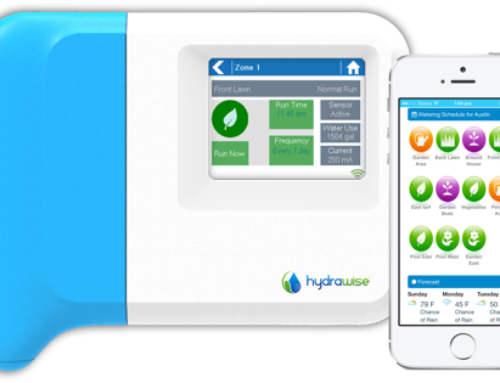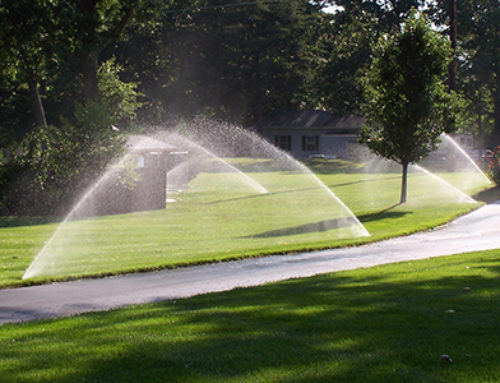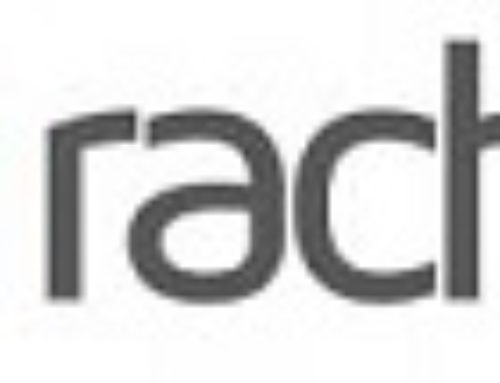By Alfred Dilluvio, Aqua Turf Irrigation Systems
Just a day or two ago, I wrote a post about a smart irrigation controller called the Rachio Iro. Engineered as a response to growing concerns over the responsible use of water, controllers like the Iro are a giant leap in the right direction. Human beings have a duty, especially at this point in time, to give serious thought to how each and every one of us can reduce our impact and conserve our most valuable resources. The subject of today’s discussion is going to be Rainwater Harvesting Systems, and how they can help make our world more sustainable.
There is nothing new about the concept of capturing rainwater. Done since the beginning of time, people have been collecting water as it falls from the sky and keeping it in receptacles for both consumption and agricultural purposes. However, because we have reliable systems to deliver municipal water to people’s properties, most homeowners don’t feel the need to install rainwater collections. With the rising cost of municipal water, and water shortages being reported all over the world, there seems to be a shift in thought. Many people are beginning to install harvesting systems so that potable water isn’t being used for irrigation and waste removal.
How does it work?
The concept of a rainwater harvest is actually quite simple as it only requires a surface to collect water as it falls, a way to divert and funnel that water, and a barrel or tank to contain it. Additionally, different devices like first flush diverters and filters should be used to keep unwanted materials out of the storage tank. What follows is a list of system components for a rainwater harvest system.
- Catchment area– this is just the area where water will collect and begin to run off. For most rainwater collection systems, this is the roof. You must consider the material that the catchment is made of, and the size of the catchment area. Both will be important when determining the size of the other system components.
- Conveyance System– this is the network of gutters, pipes, joints, and downspouts that allow water to move from the catchment to the storage. They must be adequately sized and properly installed to ensure the system works and does not pose safety hazards.
- Storage Tank– this is the large receptacle that will actually hold the water. Important considerations when choosing a tank must be above ground vs. below, material, color, and aesthetics etc.
- Screens and First Flush Diverters – devices that are used to pre-treat rainwater to clear it of large debris that can be seen. They keep particles from entering and eventually damaging the rainwater collection system’s delivery network and storage tank. The screen is installed before the first flush diverter and both are positioned in between the gutters/downspouts and your storage tank. It is important to drain the diverted water after each rain event to ensure there is enough space for the sacrificial “first flush” that must take place before water enters the storage tank.
- Distribution Components– these are the devices or tubing designed to deliver your water from the storage tank to the point of use. This may include, but is certainly not limited to, drip tubing, pumps, and pipe systems.
What are the best uses of rainwater?
Rainwater is most often used for landscape irrigation because it can be done without pumps or treatment. Rainwater is also free of minerals or salts that can damage plants or negatively affect their root systems. Landscape maintenance is probably the best use of rainwater and for those with irrigation systems; it is a great way to reduce your reliance on costly municipal water. Rainwater can also be harvested for the purposes of storm water management/erosion control, livestock, indoor use, rainwater gardens, and (if the proper materials/treatment methods are used) indoor use and human consumption.
A properly designed system doesn’t need a ton of maintenance and is capable of delivering serious savings especially during the summer months. Examples of system maintenance include:
- Keeping gutters clean
- Cleaning leaf eater (double screened strainer)
- Cleaning First Flush diverter
- Painting PVC pipe to protect them from UV rays. Sun’s rays can make them degrade over time causing them to be brittle and crack easily.
- General Pump Maintenance
Please ask us about Water harvesting and the ways it can make your landscape more sustainable.




